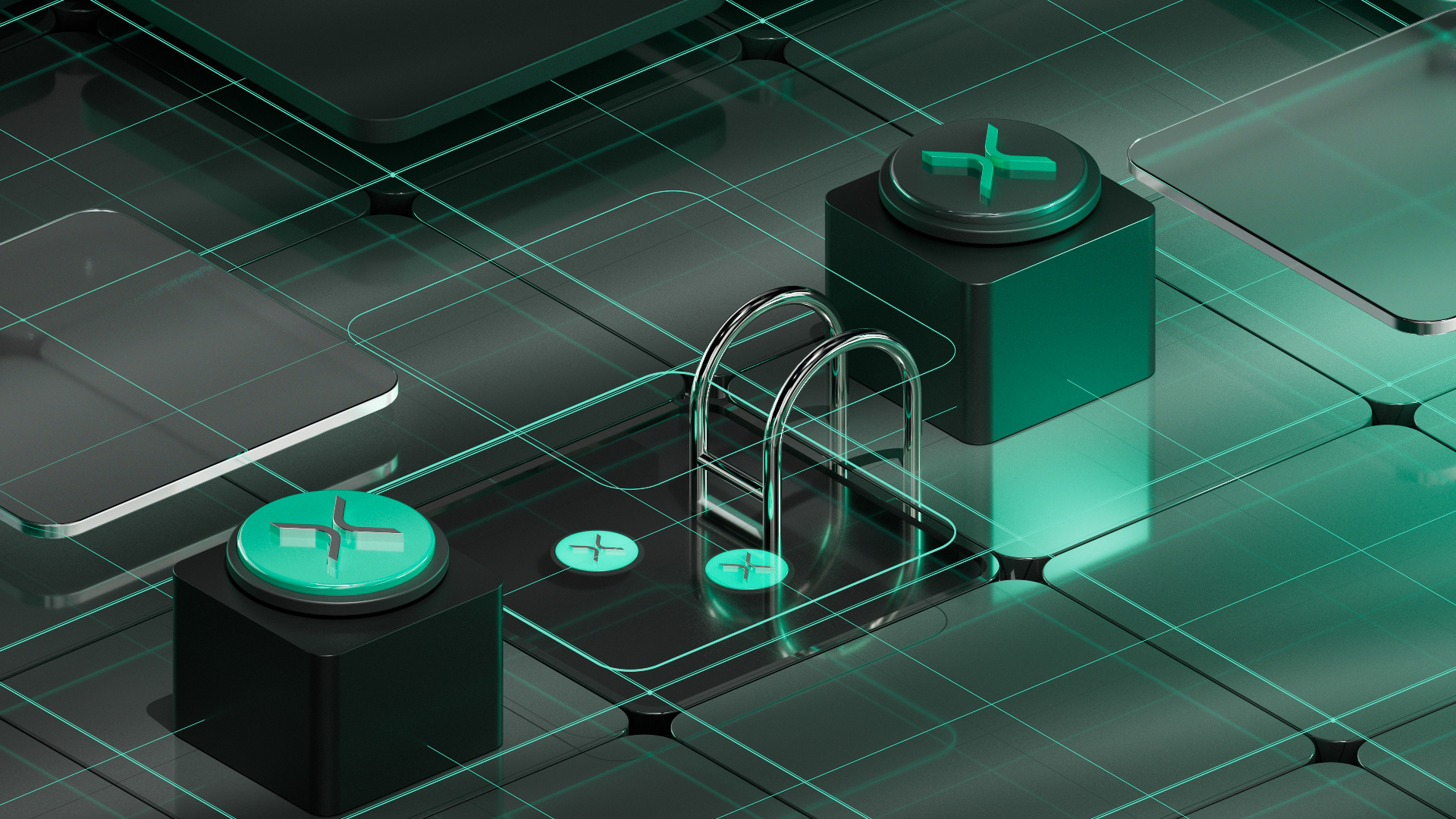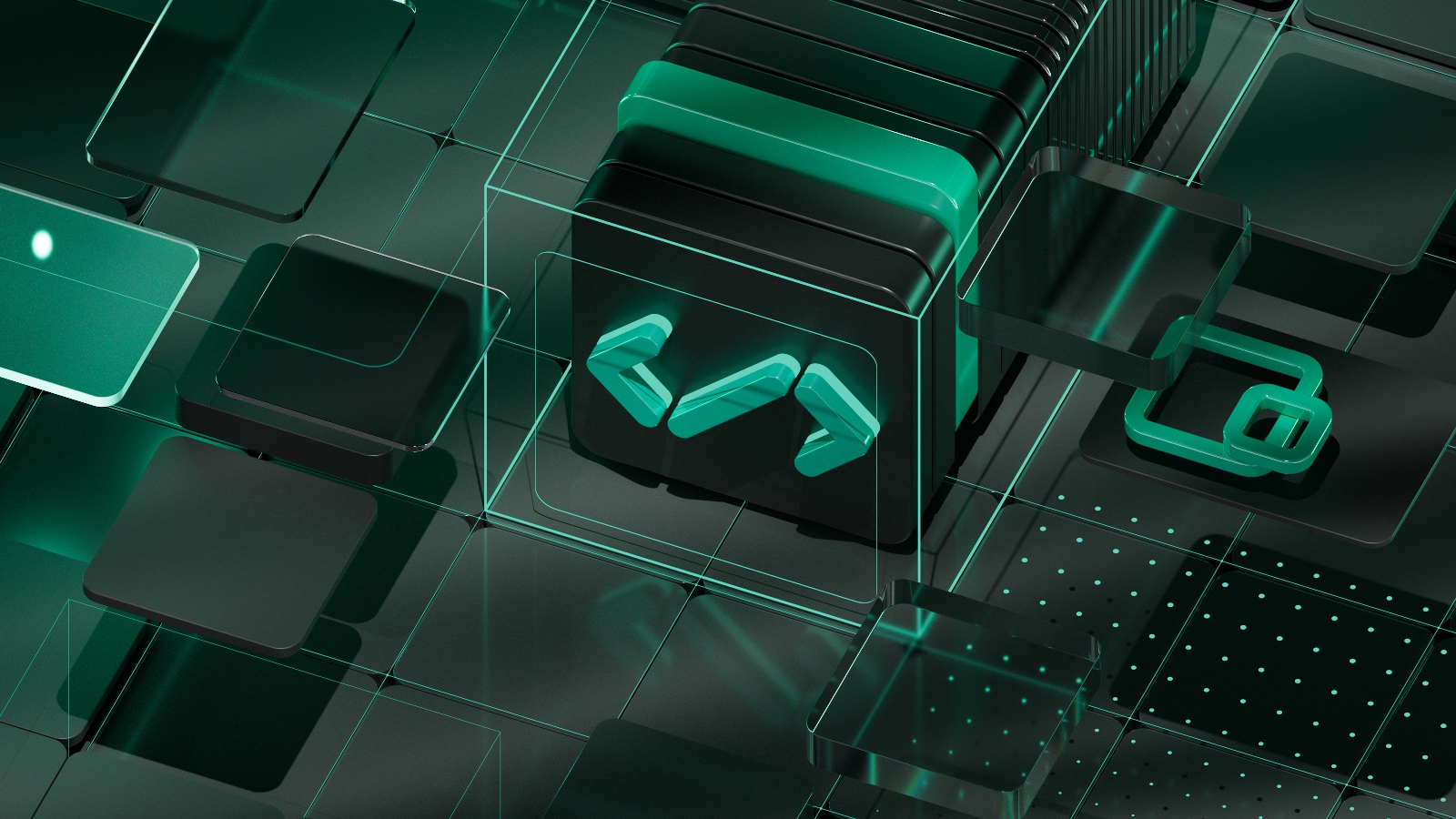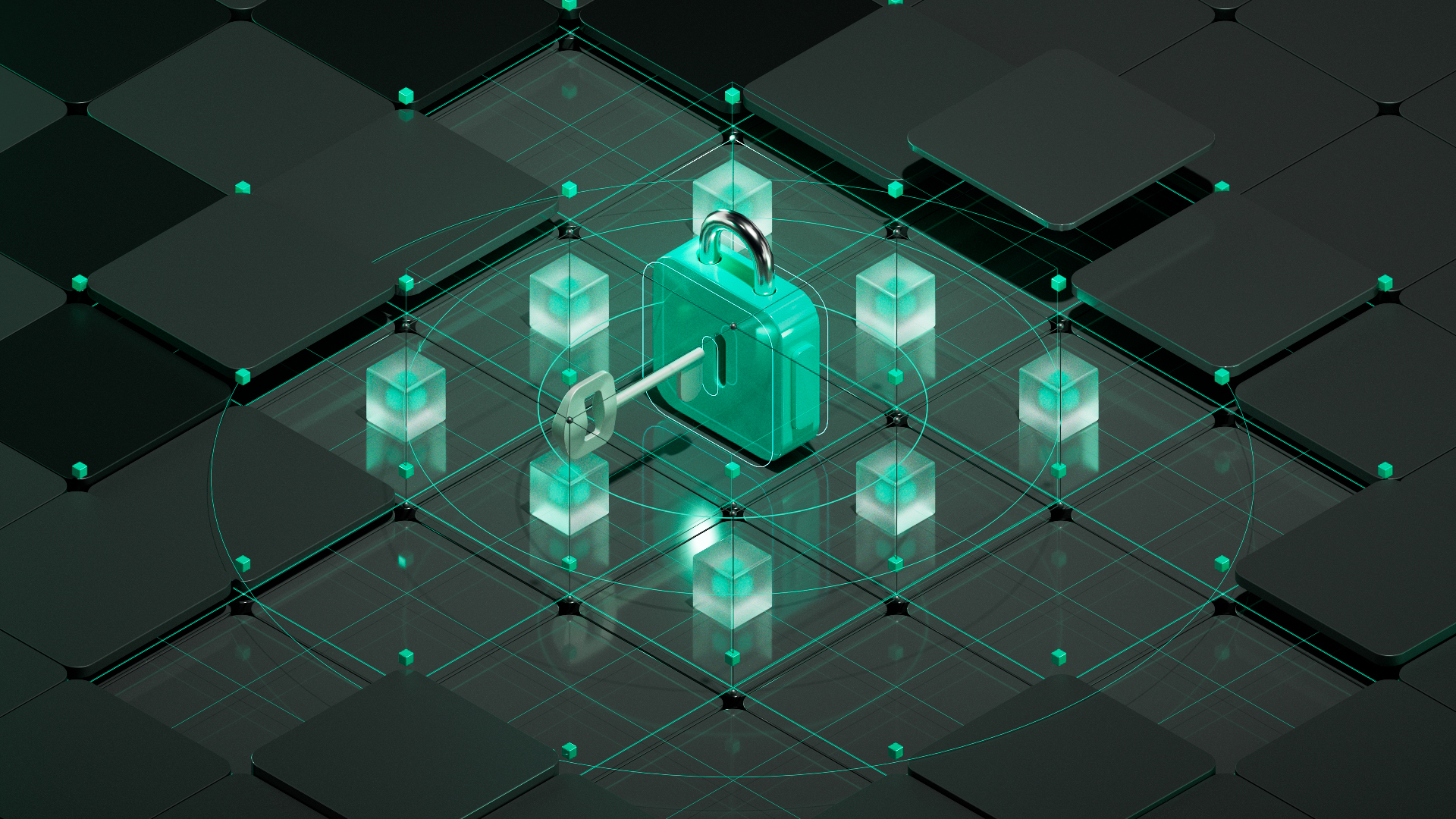Blockchain and AI: The Dynamic Duo of the Digital Age
Two of the most revolutionary technologies of our time, blockchain and artificial intelligence (AI), have the ability to completely disrupt a variety of markets and applications.
Blockchain is a distributed, decentralised ledger that makes record-keeping safe and transparent. Without the requirement for a centralised authority, it enables the development of an everlasting, difficult to alter record of transactions that can be distributed among numerous parties. This makes it especially beneficial for supply chain management, financial transactions, and other scenarios where trust and transparency are essential.
The goal of AI, on the other hand, is to develop robots that are capable of learning, solving problems, and making decisions, augment human intelligence and improve various aspects of life —tasks that ordinarily need human intelligence. AI can be divided into two groups: specific and generic. While wide AI is intended to be able to accomplish every intellectual work that a human can do, narrow AI is created to perform a single task.
Blockchain and AI working together could lead to the development of strong new solutions that could revolutionise a variety of sectors. Blockchain, for instance, can be utilised in the banking sector to establish safe and open financial transactions, while AI can be used to examine financial data and make wise investment choices. Blockchain can be utilised in the healthcare sector to safely store and distribute patient data, and AI can be applied to evaluate the data and enhance patient results.
In the public sector, blockchain and AI have a wide range of possible uses, including enhancing the effectiveness and openness of government services, lowering fraud and corruption, and facilitating improved decision-making.
Despite the immense potential of blockchain and AI, there are still issues that must be resolved. The lack of standards and interoperability across various blockchain and AI systems is one of the major issues. The possibility for technology to be used maliciously, such as to propagate false information or facilitate cyberattacks, presents another difficulty.
Notwithstanding these difficulties, the union of blockchain and AI has the potential to lead to the development of strong new solutions that can revolutionise a variety of fields and applications. These technologies are in an exciting phase right now, and in the years to come, there will likely be a great deal more advancements.
AI and Blockchain Applications
The moral ramifications of combining blockchain and AI, include the possibility of bias in AI algorithms and the exploitation of the technology for evil.
The possibility for bias in AI algorithms is one of the primary ethical concerns concerning the use of blockchain and artificial intelligence (AI) together. Because AI algorithms are only as good as the data they are trained on, biased data will result in biased algorithms. Particularly in touchy areas like employment, financing, and criminal justice, this may result in unfair and discriminatory consequences.
The possibility for the technology to be utilised for unethical reasons is another ethical worry. Blockchain offers a transparent and secure record-keeping system that may be applied to legal as well as unlawful activities, including money laundering and the selling of illegal items. On the other hand, AI can be used to expand and automate these operations, making it increasingly harder to spot and stop them. Policymakers and developers must take these ethical concerns into account and make sure that the proper safeguards are in place to reduce these hazards.
The capacity of blockchain and AI to jointly develop new business models and income streams
Blockchain and artificial intelligence (AI) have the potential to provide new business models and sources of income. Using AI to analyse and interpret data stored on the blockchain and produce insightful results that help organisations make better decisions is one way this may be accomplished. For instance, a retailer could use AI to examine blockchain-stored data on consumer purchases to spot patterns and trends that could help them enhance their marketing strategies and boost sales.
By making it possible to establish decentralised autonomous groups, AI and blockchain may also open up new revenue streams (DAOs). A decentralised organisation (DAO) is controlled by a set of regulations included in smart contracts that are stored on the blockchain. By automating business procedures and making choices using these rules, a DAO can function independently of any one person or organisation. By examining data and spotting patterns and trends, AI may be able to assist a DAO in making better decisions. This can present new chances for companies to find creative ways to pay for their goods and services.
The contribution of blockchain and artificial intelligence to the development of decentralised autonomous groups (DAOs)
One way that the marriage of artificial intelligence (AI) with blockchain has the potential to change industries and produce new business models is through decentralised autonomous organisations (DAOs). A decentralised organisation (DAO) is controlled by a set of regulations included in smart contracts that are stored on the blockchain. By automating business procedures and making choices using these rules, a DAO can function independently of any one person or organisation.
Utilising a DAO has a number of benefits, one of which is that it may help remove the need for central authorities and intermediaries, potentially resulting in more transparent and effective operations. By examining data and spotting patterns and trends, AI may be able to assist a DAO in making better decisions. This could make it possible for firms to function more successfully and efficiently, which could result in cost savings and improved competitiveness.
DAOs have a wide range of possible uses in numerous sectors, including finance, supply chain management, and healthcare. A DAO might be used, for instance, to automate the lending process in the financial sector. This would eliminate the need for human middlemen and possibly cut prices for borrowers. A DAO could be used in the healthcare sector to automate the delivery of medicinal supplies, increasing effectiveness and lowering waste. These and many other creative and revolutionary solutions could be made possible by the union of AI with blockchain.
The ability of blockchain and AI to develop new types of identity authentication and verification
New methods of identity verification and authentication could be made possible by combining blockchain with artificial intelligence (AI). Passwords and security questions are common identity verification methods that can be hacked and used fraudulently. It might be possible to develop more safe and dependable methods of identity verification by utilising blockchain to produce an unchangeable and secure record of identity and AI to analyse the data and spot patterns.
Using blockchain to build a decentralised identification platform and AI to examine data like biometric data, social media activity, and other digital traces to verify the legitimacy of an identity are two ways this may be accomplished. As a result, more secure and practical methods of online authentication may be made possible, potentially lowering the risk of fraud and identity theft. It will be interesting to observe how these solutions grow over the next several years. A number of firms and organisations are already working on establishing blockchain-based identity solutions.
The establishment of decentralised prediction markets using blockchain and AI
Another potential use for these technologies is the ability to create decentralised prediction markets through the combination of blockchain and artificial intelligence (AI). Traditional prediction markets, like those that exist for financial assets, are frequently opaque and subject to manipulation. It might be possible to develop more dependable and trustworthy prediction markets by utilising blockchain to build a secure and open platform for them and AI to analyse the data and find patterns.
The creation of a decentralised prediction market platform on the blockchain employing AI to evaluate historical market trends and current news events is one way this could be accomplished. This might contribute to improving forecast accuracy and facilitating more informed choice-making. It will be interesting to observe how these solutions grow over the next several years given that there are already a number of firms and organisations working on creating blockchain-based prediction markets.
The contribution of AI and blockchain to the development of decentralised energy markets
The construction of decentralised energy markets is another potential use for the alliance of blockchain and artificial intelligence (AI). Traditional energy markets can be less effective and responsive to consumer needs since they are frequently dominated by a small number of major utilities. It might be able to develop more effective and responsive energy markets by utilising blockchain to build a decentralised platform for energy markets and AI to analyse the data and find patterns.
Using blockchain to build a decentralised marketplace for buying and selling energy and AI to evaluate data like demand trends and weather conditions to optimise the distribution of energy are two ways this could be accomplished. This could facilitate the integration of more renewable energy sources and help the energy market become more efficient. It will be interesting to observe how these solutions grow over the next several years given that there are already a number of firms and organisations working on creating blockchain-based energy markets.




